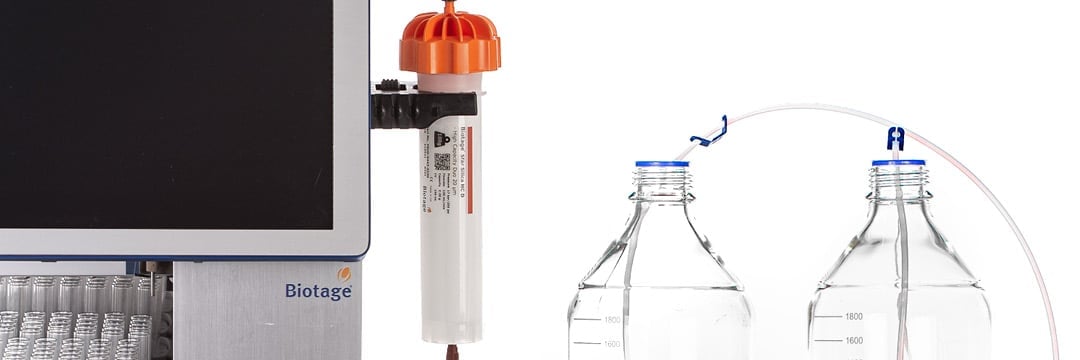
The three reasons you should be using step gradients for flash column chromatography
Small Molecules and Synthetic Therapeutics
Step gradient flash chromatography improves loading capacity, while reducing solvent use and overall purification time.

Small Molecules and Synthetic Therapeutics
Step gradient flash chromatography improves loading capacity, while reducing solvent use and overall purification time.

Small Molecules and Synthetic Therapeutics
Green flash chromatography is achievable and inexpensive. Using columns packed with small, high surface area silica is the simplest way to ...

Small Molecules and Synthetic Therapeutics
Diatomaceous earth is an excellent media for dry loading in both normal- and reversed-phase flash chromatography.

Small Molecules and Synthetic Therapeutics
Dry loading can give better results in chromatography sometimes compared to liquid loading. Read more!

Small Molecules and Synthetic Therapeutics
This article discusses the impact of introducing the Biotage Organic Workflow into a university laboratory via an interview with Director ...

Small Molecules and Synthetic Therapeutics
Sometimes during flash chromatography the system will overpressure due to a flow blockage. This post provides some tips to prevent this ...

Small Molecules and Synthetic Therapeutics
This blog will help you understand dry loading, a sample loading technique that uses a blend of reaction mix/extract and sorbent.

Small Molecules and Synthetic Therapeutics
This is a basic overview of what flash chromatography is and why it is useful to chemists.

Small Molecules and Synthetic Therapeutics
Flash column equilibration is important to ensure a proper separation occurs. This post discusses the impact of flow rate and equilibration ...

Small Molecules and Synthetic Therapeutics
This post discusses the differences between RP flash and prep HPLC for compound purification.